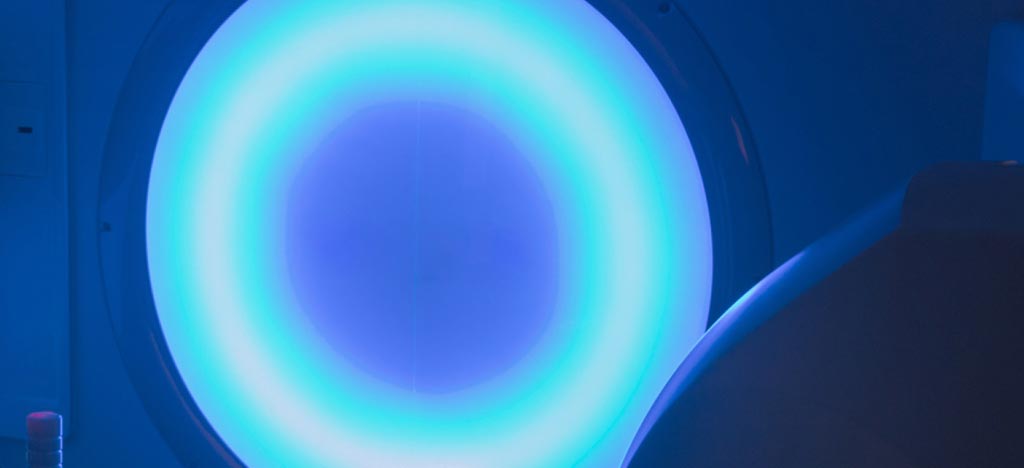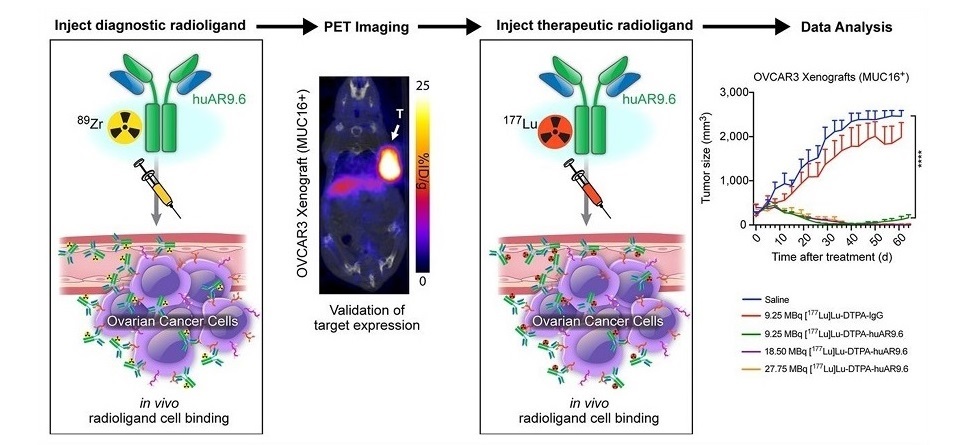External Beam RT Targets Tumors More Precisely
By MedImaging International staff writers
Posted on 20 Aug 2019
A new study shows that very high-energy electron (VHEE) beams could potentially enable clinicians to accurately target malignancies and reduce damage to surrounding tissues.Posted on 20 Aug 2019
Researchers at the University of Strathclyde (United Kingdom), the National Physical Laboratory (NPL; Teddington, United Kingdom), and other institutions conducted a water phantom study (based on Monte Carlo simulations) of a magnetic “lens” that can focus particle beams within the body. Concentrating such a VHEE beam into a small, well-defined volumetric element, which can be shaped or scanned to treat deep-seated tumors, allows the dose to surrounding tissue to be distributed over a larger volume.

Image: Focusing an electron beam can spare tissues surrounding a tumor, according to a new study (Photo courtesy of the University of Strathclyde).
The result is reduced peak surface and exit doses by more than one order of magnitude, compared with a collimated beam. The magnetic lens, which is in effect an ultra-compact laser-wakefield accelerator, is only millimeters long, and can be easily focused. The researchers are now planning to expand the study and are setting up a medical beamline with high energy electron accelerators at the Scottish Centre for the Application of Plasma-based Accelerator (SCAPA; Strathclyde, United Kingdom). The study was published on July 25, 2019, in Nature Scientific Reports.
“Electrons, much like protons, have properties specific to particles. The significantly smaller electron mass, however, must be compensated for by increasing their energy, and therefore inertia, to achieve an effect similar to high mass particles,” said lead author Strathclyde PhD student Karolina Kokurewicz, MSc. “We push the envelope, showing that a VHEE beam, when focused, can be easily controlled to target precisely tumors similar to beam scanning modalities. The net effect is a greatly enhanced dose profile that conforms closely to the target volumes and potentially provides better tumor control.”
“One of the challenges in radiotherapy is to deposit a high radiation dose in a way that the dose fully ‘conforms’ to the tumor, to ensure that all cancerous cells are killed, while preventing damage to healthy cells,” said senior author Professor Dino Jaroszynski, PhD, of the University of Strathclyde department of physics. “In a similar way to a magnifying glass focusing the sun's rays to a small spot, we propose to focus a particle beam to a small spot using a magnetic lens to ablate the tumor.”
Common forms of radiation currently used in RT include bremsstrahlung X-rays produced by linear accelerators. These relatively low energy electron beams can be used directly to irradiate tumors, but they do not penetrate deeply into the body. To irradiate the tumor with sufficient radiation to kill all tumor cells, the X-ray beam is often rotated, while the patient remains stationary, thus superimposing multiple beams with different energies to produce a spread-out-Bragg peak region. This, however, results in an increased entrance dose, which could be avoided by focusing VHEE beams.
Related Links:
University of Strathclyde
National Physical Laboratory














